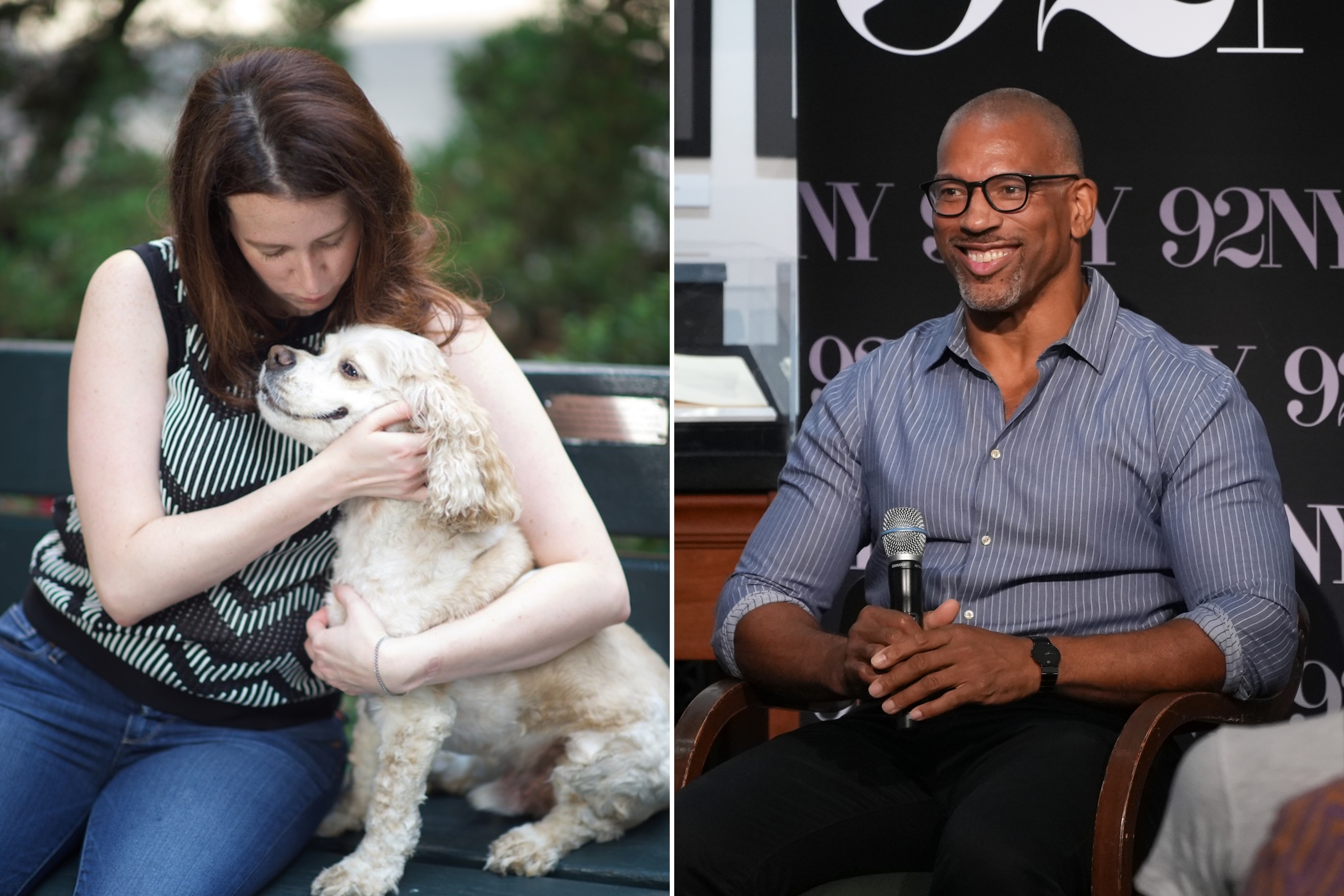Introduction
The term “central park karen ” has become a cultural phenomenon, representing entitled behavior, often involving white women weaponizing their privilege against people of color. One of the most infamous examples of this is the “Central Park Karen” incident, which unfolded in May 2020 and quickly went viral, sparking widespread outrage and debate.
The Central Park Karen case involved a white woman, Amy Cooper, and a Black birdwatcher, Christian Cooper (no relation), in New York City’s Central Park. What started as a minor disagreement escalated into a racially charged confrontation, captured on video and shared across social media. The fallout was immediate, with the Central Park Karen facing severe backlash, including losing her job and becoming a symbol of racial insensitivity.
This article explores the details of the Central Park Karen incident, its implications, and the broader societal conversations it ignited about race, privilege, and accountability in America.
The Incident: What Happened in Central Park?
On May 25, 2020, Christian Cooper, an avid birdwatcher and Harvard graduate, was enjoying his time in Central Park’s Ramble, a wooded area known for birdwatching. He noticed the Central Park Karen, Amy Cooper (no relation), walking her dog off-leash, which was against the park’s rules in that section. Christian politely asked her to leash her dog, as it could disturb wildlife.
Instead of complying, the Central Park Karen refused and became confrontational. Christian began recording the interaction on his phone as tensions rose. In the video, the Central Park Karen is heard saying, “I’m going to tell them there’s an African American man threatening my life,” before calling the police with a frantic tone, exaggerating the situation. Her tone shifted dramatically from calm to hysterical, seemingly to paint Christian as a threat.
The video, which Christian later shared online, went viral within hours. Viewers were shocked by the Central Park Karen’s blatant attempt to weaponize racial bias, using the police as a tool against an innocent Black man. The timing was especially significant, as it occurred the same day as George Floyd’s murder, amplifying discussions about systemic racism and white privilege.
The Aftermath: Consequences for the Central Park Karen
The backlash against the Central Park Karen was swift and severe. Social media users condemned her actions, with many pointing out how her behavior exemplified the dangers of false accusations against Black individuals. Her employer, Franklin Templeton, announced her termination within hours, stating that her actions were “inconsistent with our values.”
Beyond losing her job, the Central Park Karen faced widespread public shaming. Memes, think pieces, and hashtags (#CentralParkKaren) dominated online discourse. Some argued that the punishment was excessive, while others believed it was a necessary consequence for her racially charged actions.

Legal repercussions followed as well. The Manhattan District Attorney’s office initially considered charges against the Central Park Karen for filing a false police report, though they later dropped the case after she completed a racial bias education program. Still, the damage to her reputation was irreversible, cementing her place in internet infamy.
Christian Cooper’s Response and Perspective
Christian Cooper, the birdwatcher at the center of the Central Park Karen incident, handled the situation with remarkable composure. After posting the video, he spoke to media outlets, emphasizing that he never felt physically threatened but was deeply disturbed by the Central Park Karen’s willingness to exploit racial stereotypes.
In interviews, Christian discussed the broader implications of the encounter. He highlighted how Black Americans often face disproportionate consequences in similar situations, where a white person’s false accusation could lead to arrest—or worse. His calm demeanor during the confrontation stood in stark contrast to the Central Park Karen’s escalation, further underscoring the racial dynamics at play.
Christian later wrote a comic book series, It’s a Bird, exploring birdwatching and nature, turning his passion into a platform for education and inclusivity. His handling of the Central Park Karen incident earned him widespread respect, positioning him as a voice of reason in a heated cultural moment.
The Societal Impact: Race, Privilege, and “Karen” Culture
The Central Park Karen incident became a case study in discussions about white privilege and systemic racism. The Central Park Karen’s actions exemplified how some white individuals, consciously or not, leverage racial bias to intimidate or control situations involving people of color.
The term “Karen” itself became a shorthand for this type of behavior—entitled, often middle-aged white women who demand special treatment or use their perceived authority to oppress others. While some argue that the label is overused or sexist, others see it as a necessary critique of unchecked privilege.
The Central Park Karen incident also reignited debates about police bias. Had officers arrived and taken the Central Park Karen’s claims at face value, Christian could have faced serious consequences, despite doing nothing wrong. This reality is all too familiar for many Black Americans, reinforcing why the Black Lives Matter movement gained renewed momentum in 2020.
Media Coverage and Public Reaction
News outlets and social media platforms exploded with coverage of the Central Park Karen incident. Major publications like The New York Times, CNN, and The Guardian analyzed the encounter, dissecting its racial undertones and societal implications.
Public reaction was polarized. While many condemned the Central Park Karen’s behavior, some defended her, arguing that she was unfairly vilified. Others pointed out that her reaction—though extreme—was a product of ingrained societal biases rather than individual malice alone.
The incident also sparked discussions about cancel culture. Was the Central Park Karen’s firing justified, or was the public response too harsh? These debates mirrored larger conversations about accountability in the digital age, where viral moments can permanently alter lives.
Legal and Ethical Considerations
The legal ramifications of the Central Park Karen incident raised important questions. While no criminal charges were ultimately filed against her, the threat of legal action highlighted the seriousness of false police reports, especially when racial bias is involved.
Ethically, the incident forced people to confront uncomfortable truths about privilege. Would the situation have played out differently if Christian Cooper were white? Statistics and lived experiences suggest yes, illustrating how deeply racial bias is embedded in everyday interactions.
Some legal experts argued that the Central Park Karen’s completion of a racial bias program was a step toward restorative justice, while others felt it wasn’t enough. The case underscored the need for systemic changes in how society addresses implicit bias and racial discrimination.
The Role of Social Media in Amplifying the Incident
Without social media, the Central Park Karen incident might have gone unnoticed. Christian’s decision to share the video on Twitter ensured that millions saw the encounter, turning it into a national conversation.
Social media’s role in holding people accountable has grown exponentially in recent years. Viral moments like the Central Park Karen demonstrate both its power and its pitfalls. While it can expose injustice, it can also lead to disproportionate public shaming.
The incident also showed how quickly narratives spread online. Within hours, the Central Park Karen was branded as such, and the term became a cultural reference point. This rapid dissemination of information—and judgment—reflects the double-edged sword of digital activism.
Broader Implications for Racial Justice Movements
The Central Park Karen incident didn’t happen in a vacuum. It occurred amid nationwide protests following George Floyd’s murder, making it part of a larger reckoning with race in America.
The juxtaposition of the Central Park Karen’s false police threat and the killing of George Floyd highlighted the extremes of racial bias—one incident could have led to an innocent man’s arrest or harm, while the other resulted in a life lost. This contrast fueled demands for police reform and racial equity.
Activists used the Central Park Karen incident to underscore the importance of bystander videos in documenting racial injustice. Just as Christian’s recording protected him, countless other videos have exposed systemic racism, proving that visibility is crucial in the fight for justice.
Psychological Analysis: Why Did the Central Park Karen React That Way?
Psychologists and sociologists weighed in on the Central Park Karen’s behavior, examining the possible motivations behind her reaction. Some suggested that her response was a manifestation of racial anxiety—a fear of losing control in an interaction with a Black man.
Others pointed to entitlement, arguing that her immediate escalation to calling the police reflected a belief that authority figures would side with her. This aligns with broader patterns of white women using their perceived vulnerability to manipulate situations involving Black individuals.
The Central Park Karen incident also raised questions about implicit bias training. Would better education on racial sensitivity have prevented her reaction? While training programs can help, true change requires deeper societal shifts in how privilege and power are understood.
Christian Cooper’s Life After the Incident
Following the viral encounter with the Central Park Karen, Christian Cooper used his newfound platform to advocate for birdwatching and diversity in outdoor spaces. He highlighted how nature should be inclusive, challenging stereotypes that paint outdoor activities as predominantly white.
His comic book series and public speaking engagements allowed him to merge his passions for storytelling and environmentalism. Rather than letting the Central Park Karen incident define him, he turned it into an opportunity to educate and inspire.
Christian’s resilience and grace under pressure earned him admiration. While the incident was traumatic, his response demonstrated how marginalized individuals can reclaim narratives and effect positive change.
The Legacy of the Central Park Karen Incident
Years later, the Central Park Karen incident remains a reference point in discussions about race and privilege. It serves as a cautionary tale about the consequences of racial bias and the power of viral accountability.
The term “Karen” has endured, though its usage continues to evolve. Some argue it’s overused, while others see it as a necessary critique of systemic entitlement. Regardless, the Central Park Karen cemented its place in internet culture.
Most importantly, the encounter between the Central Park Karen and Christian Cooper forced society to confront uncomfortable truths about race, policing, and privilege—a conversation that remains urgent today.
Conclusion
The Central Park Karen incident was more than just a viral moment—it was a microcosm of America’s ongoing struggle with racial bias. From the Central Park Karen’s reckless false accusation to Christian Cooper’s dignified response, the event highlighted deep-seated inequalities that persist in everyday interactions.
While the Central Park Karen faced professional and social consequences, the broader takeaway was a renewed awareness of how privilege operates in society. The incident reinforced the importance of accountability, the power of bystander documentation, and the need for continued dialogue about race and justice.
As society moves forward, the lessons from the Central Park Karen remain relevant. Whether through policy changes, education, or personal reflection, the goal should be ensuring that no more “Karen” moments go unchecked—and that everyone, regardless of race, can enjoy public spaces without fear of unjust targeting.


